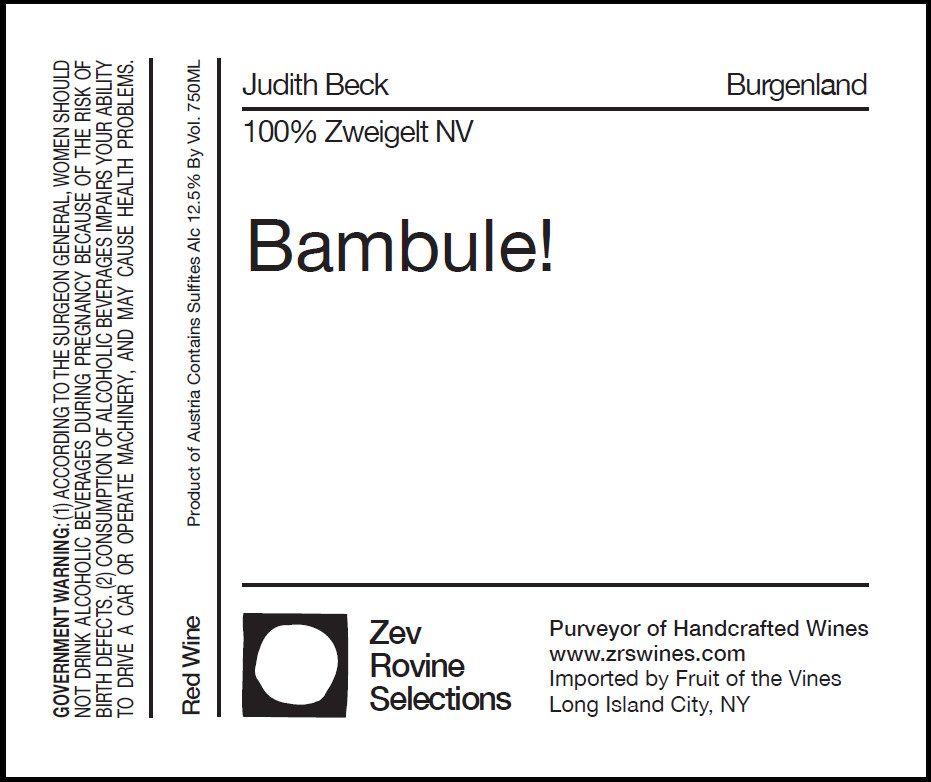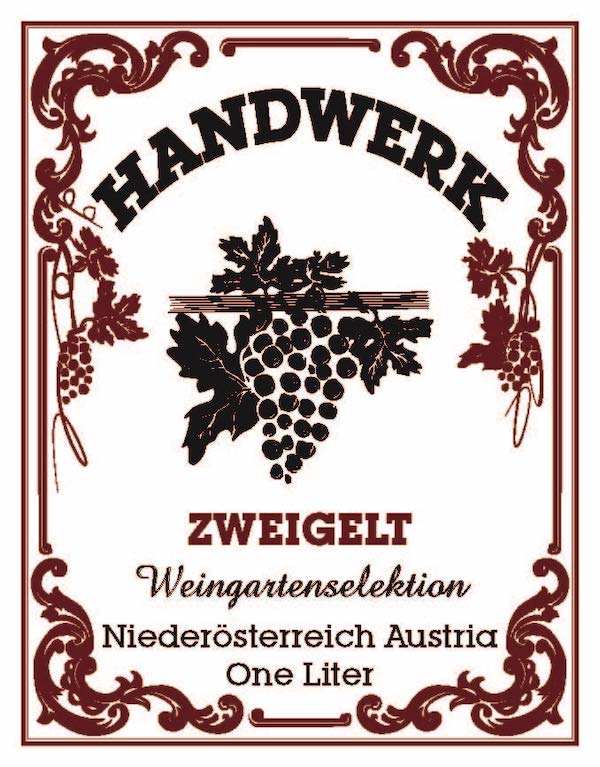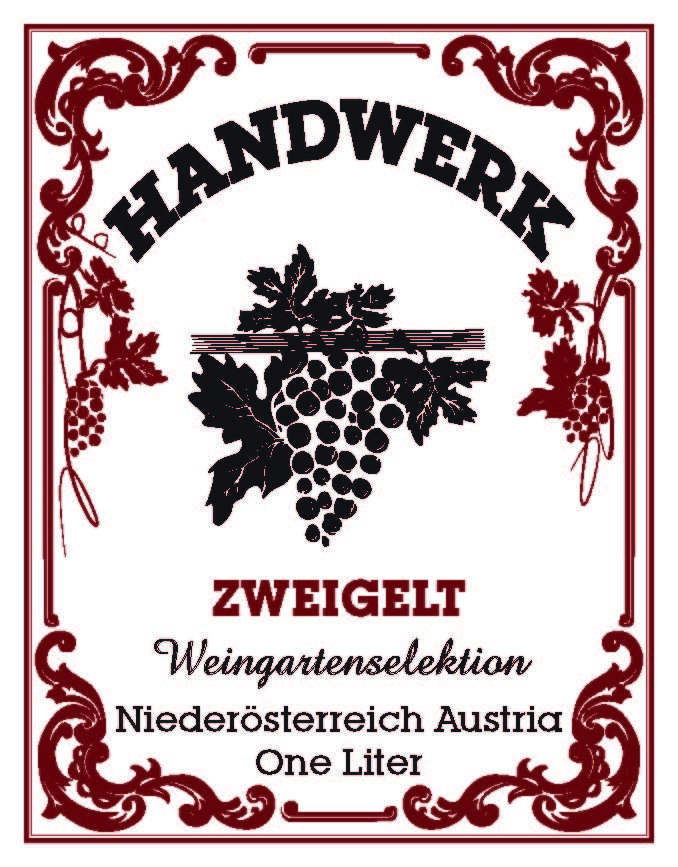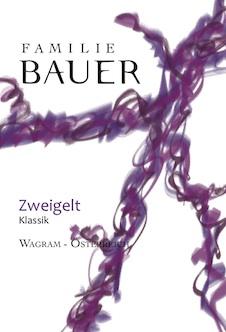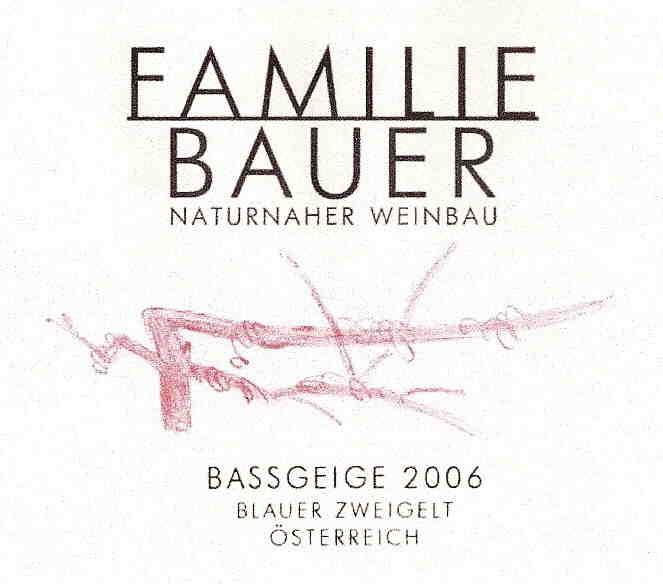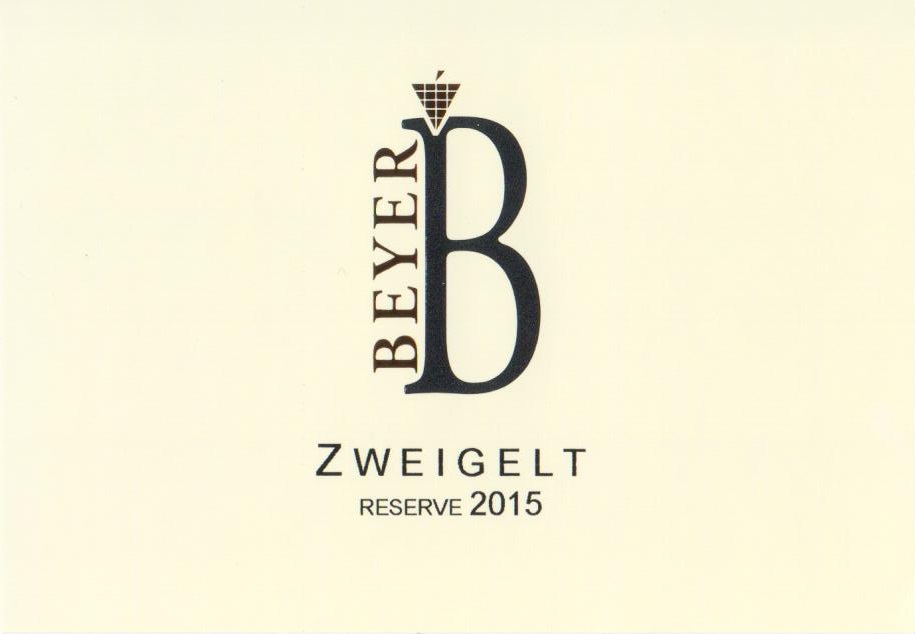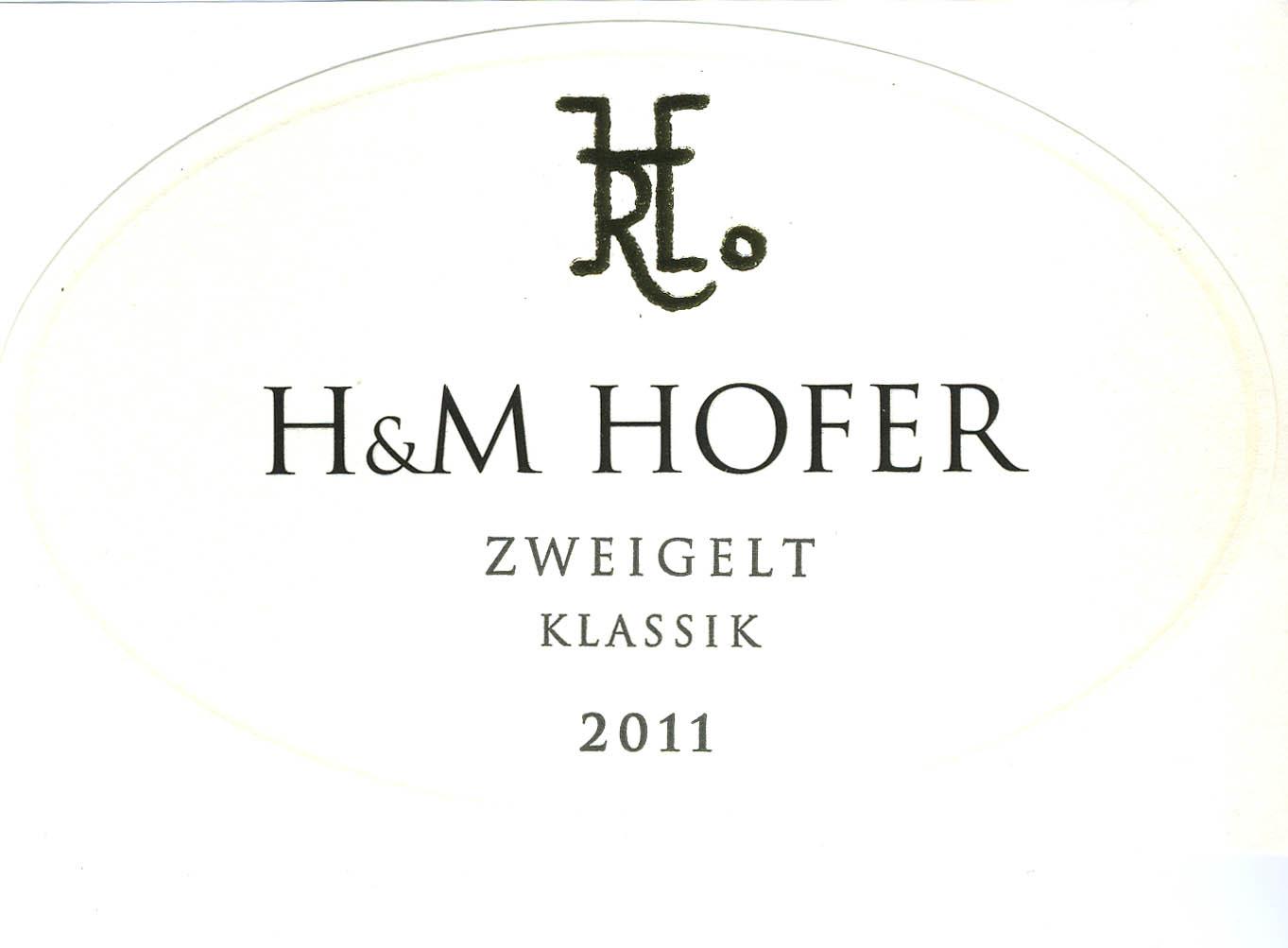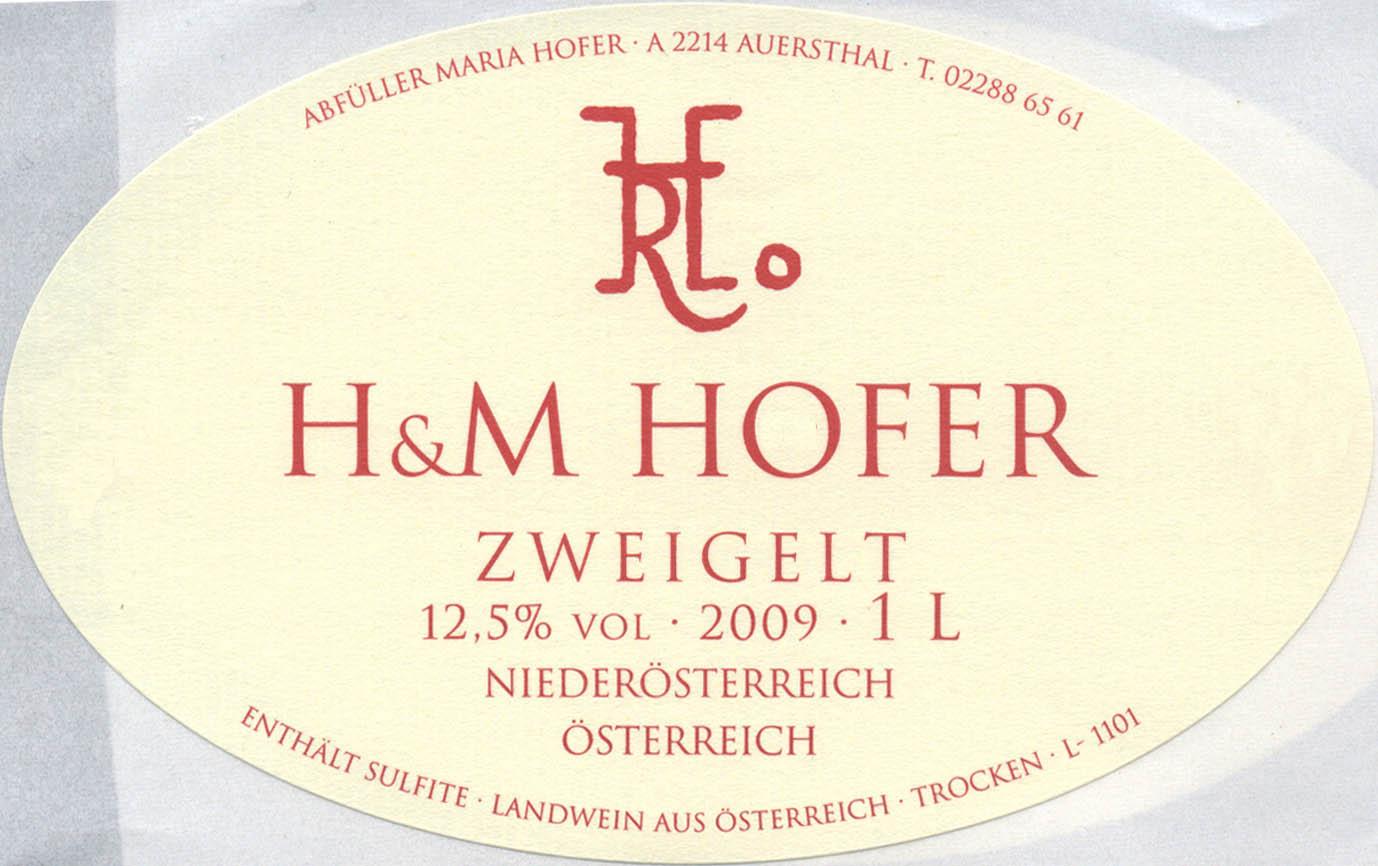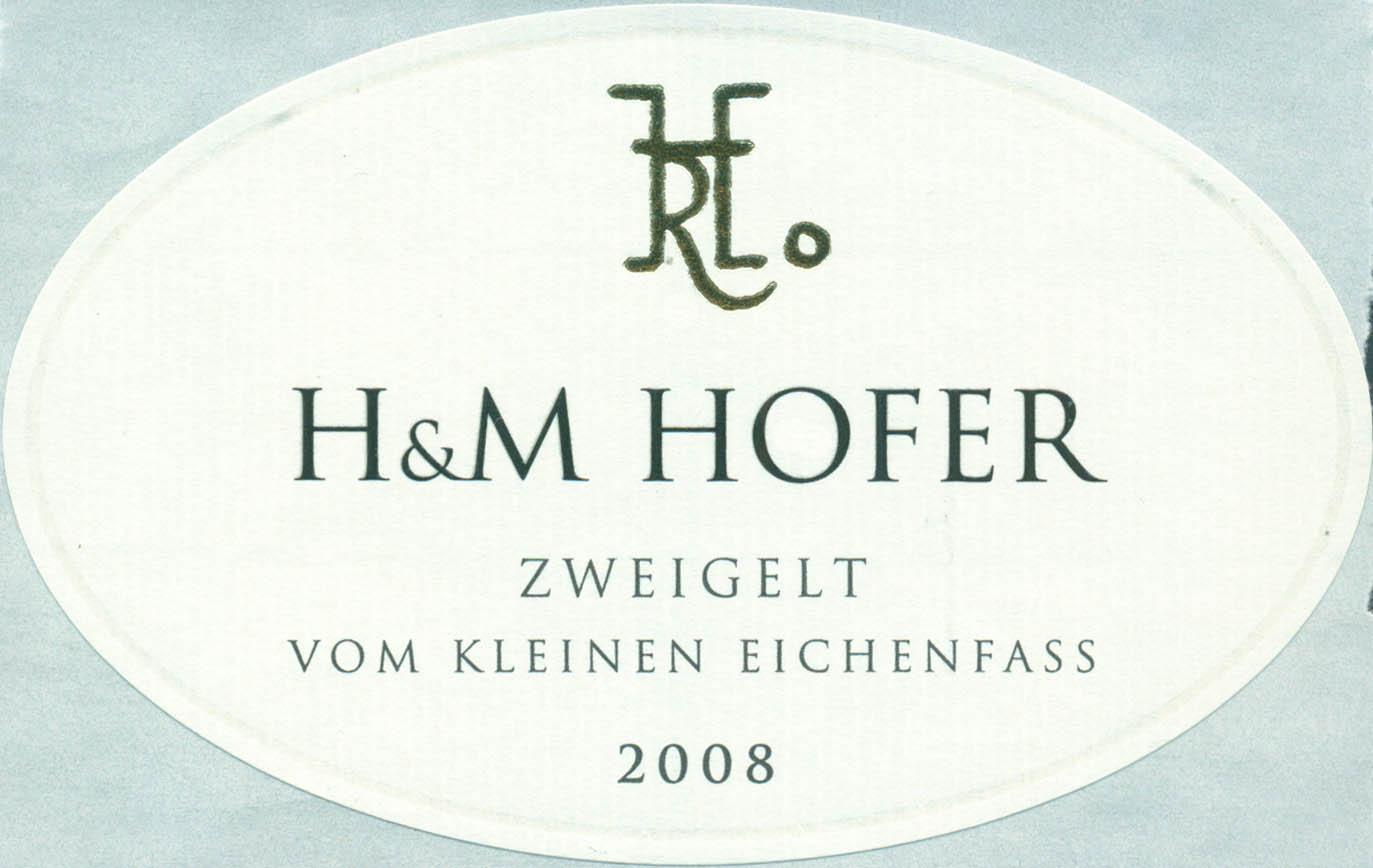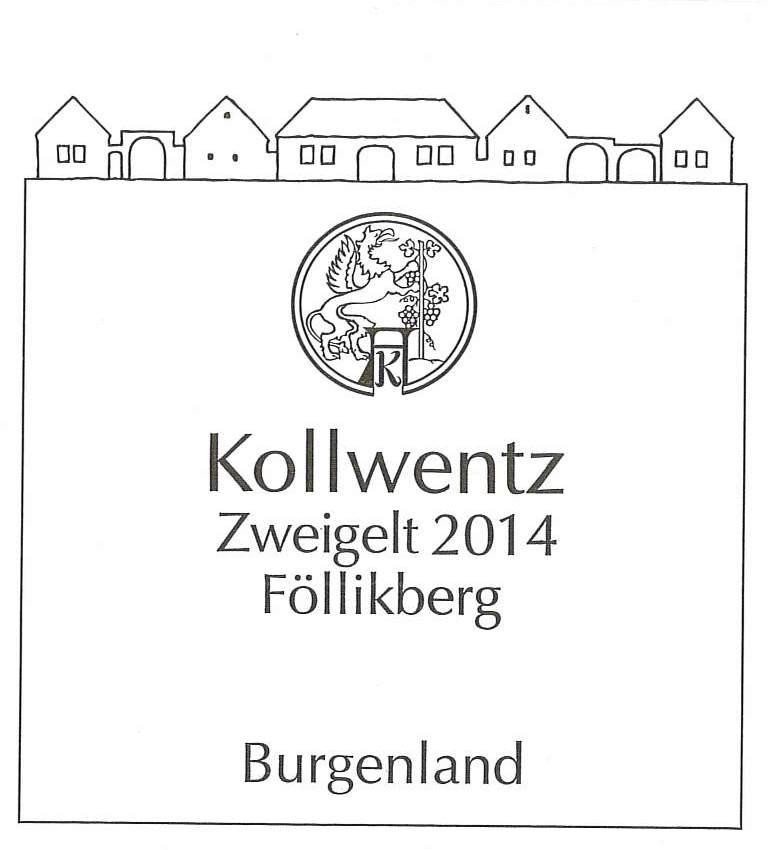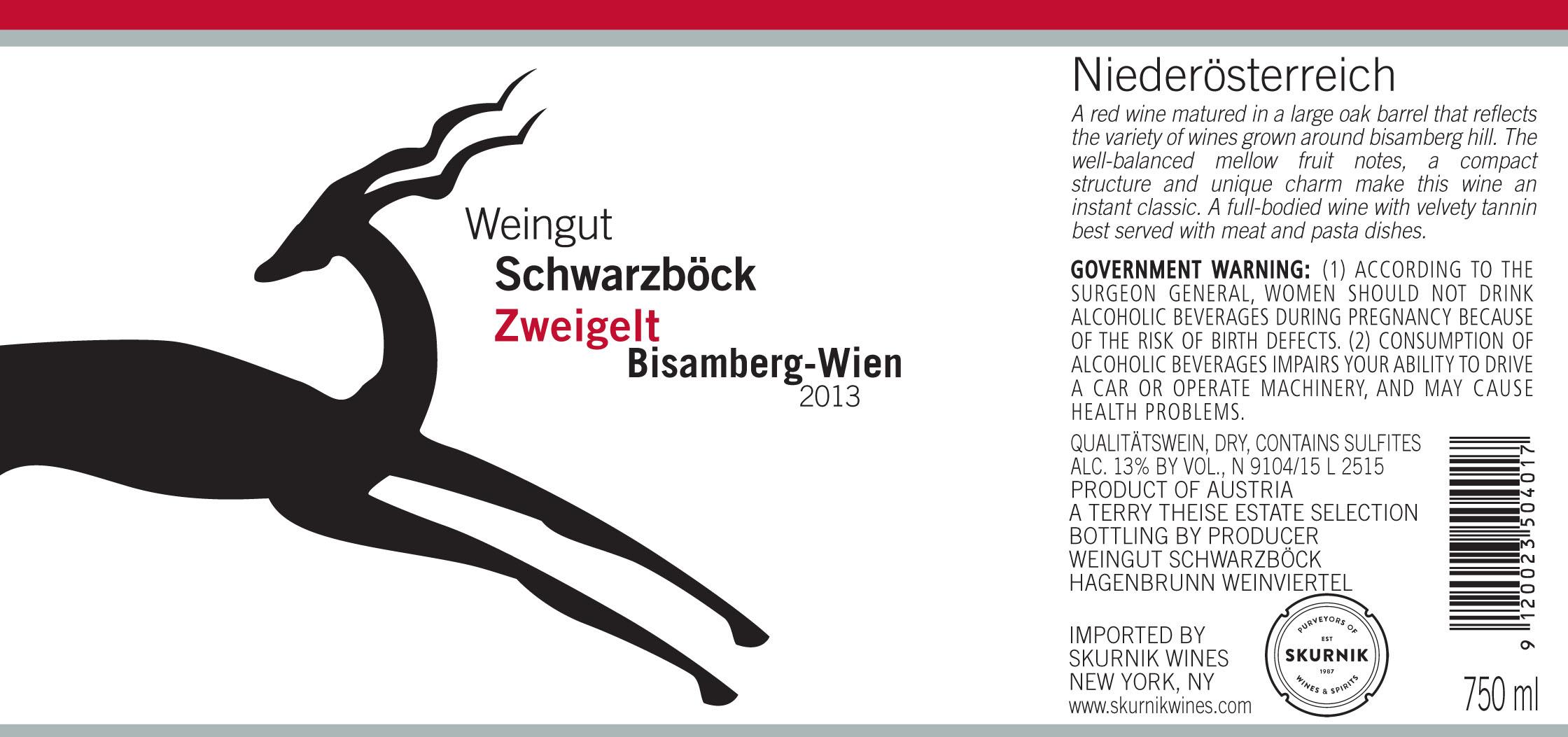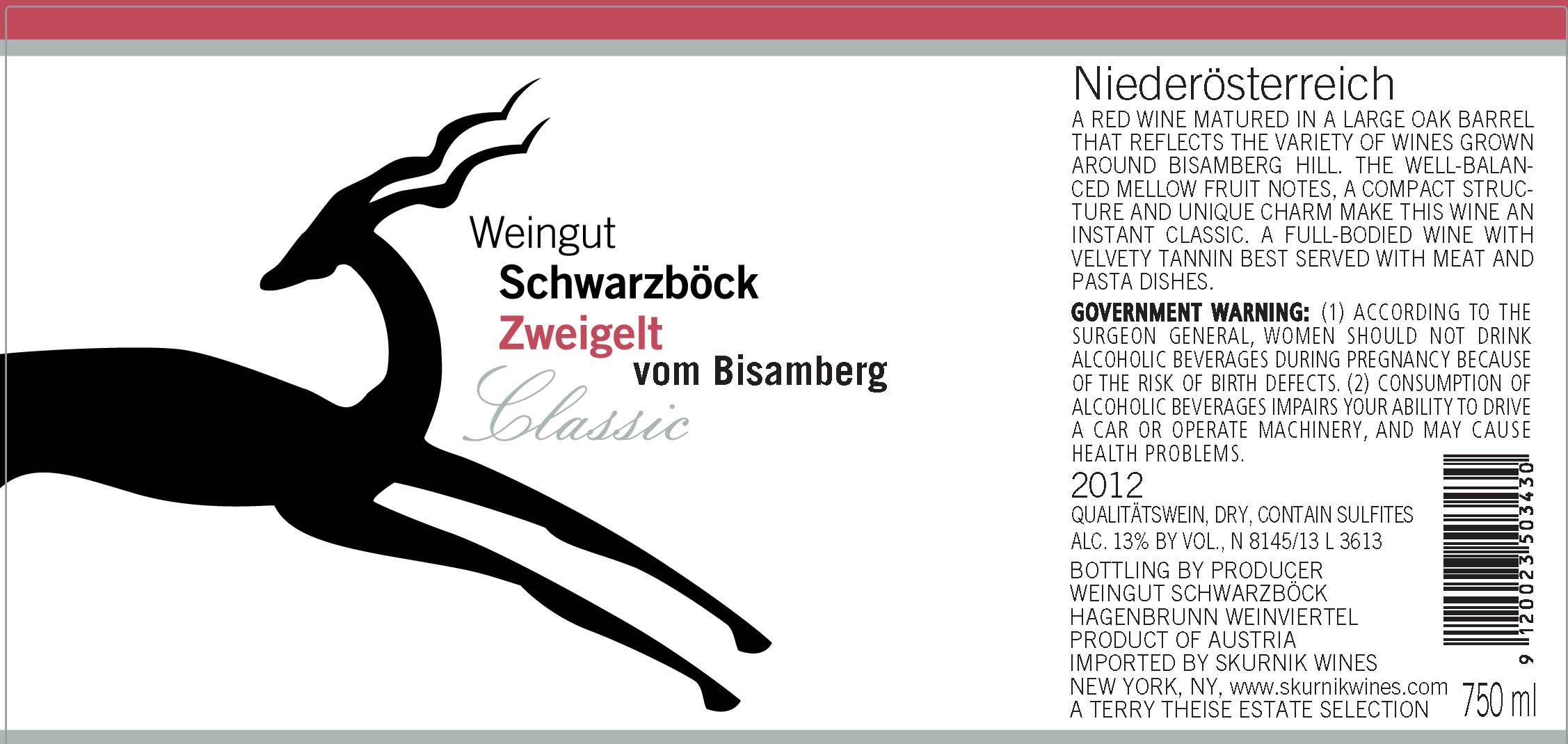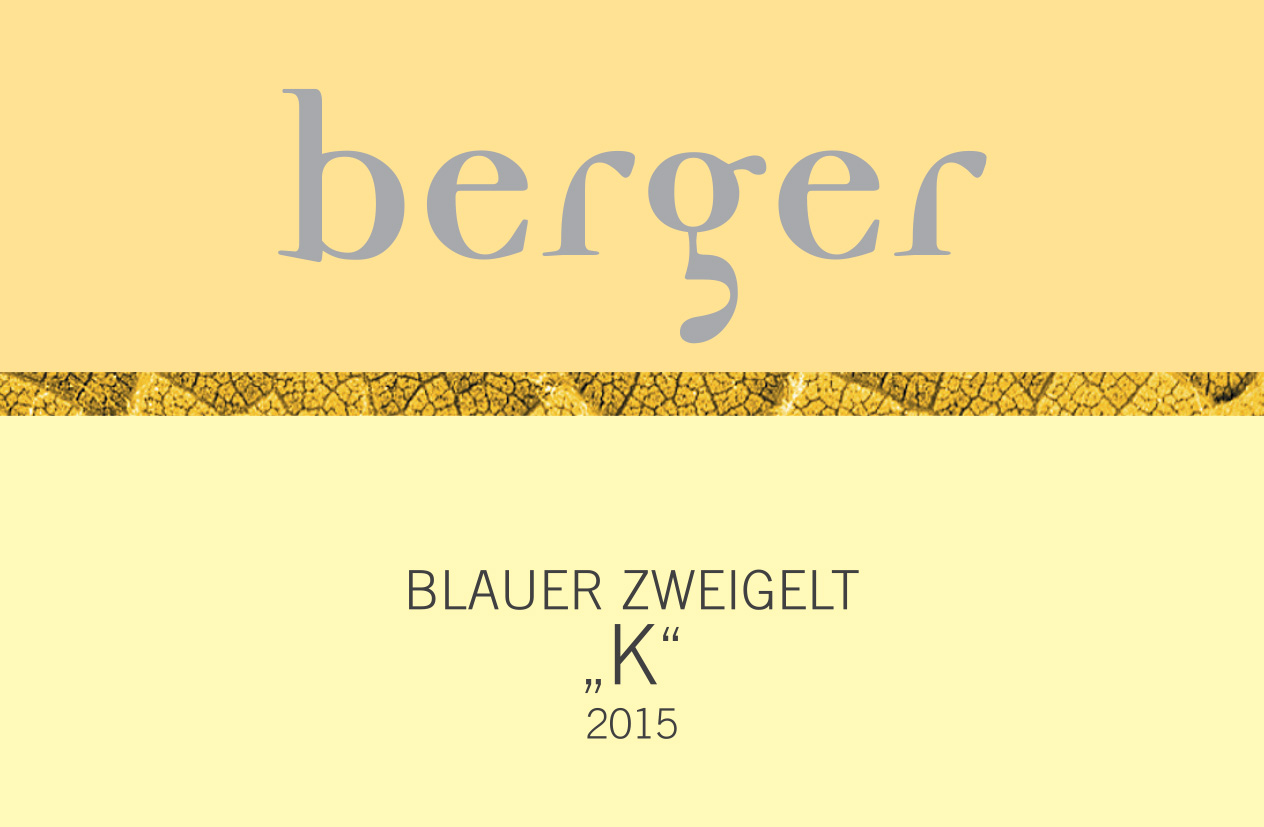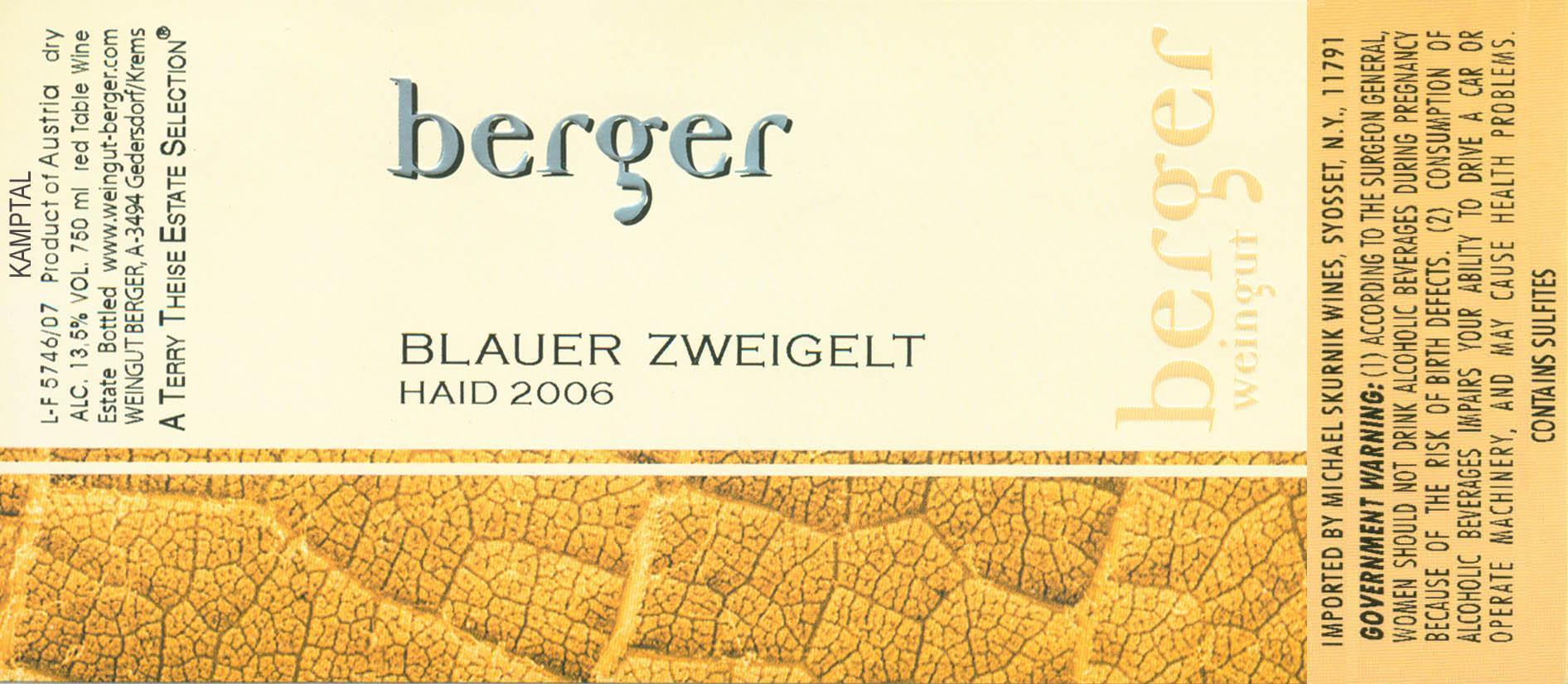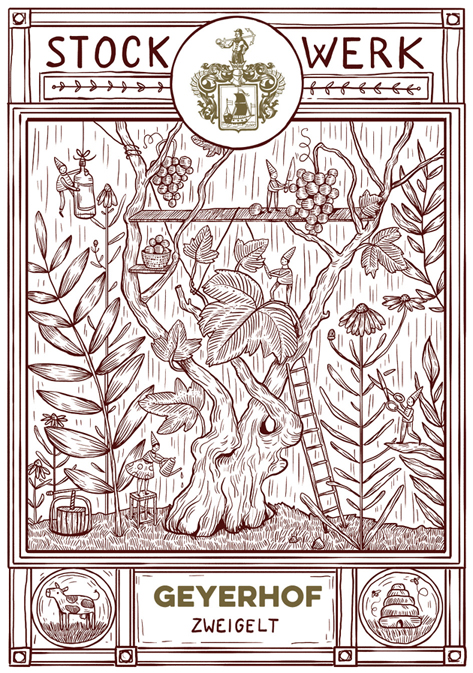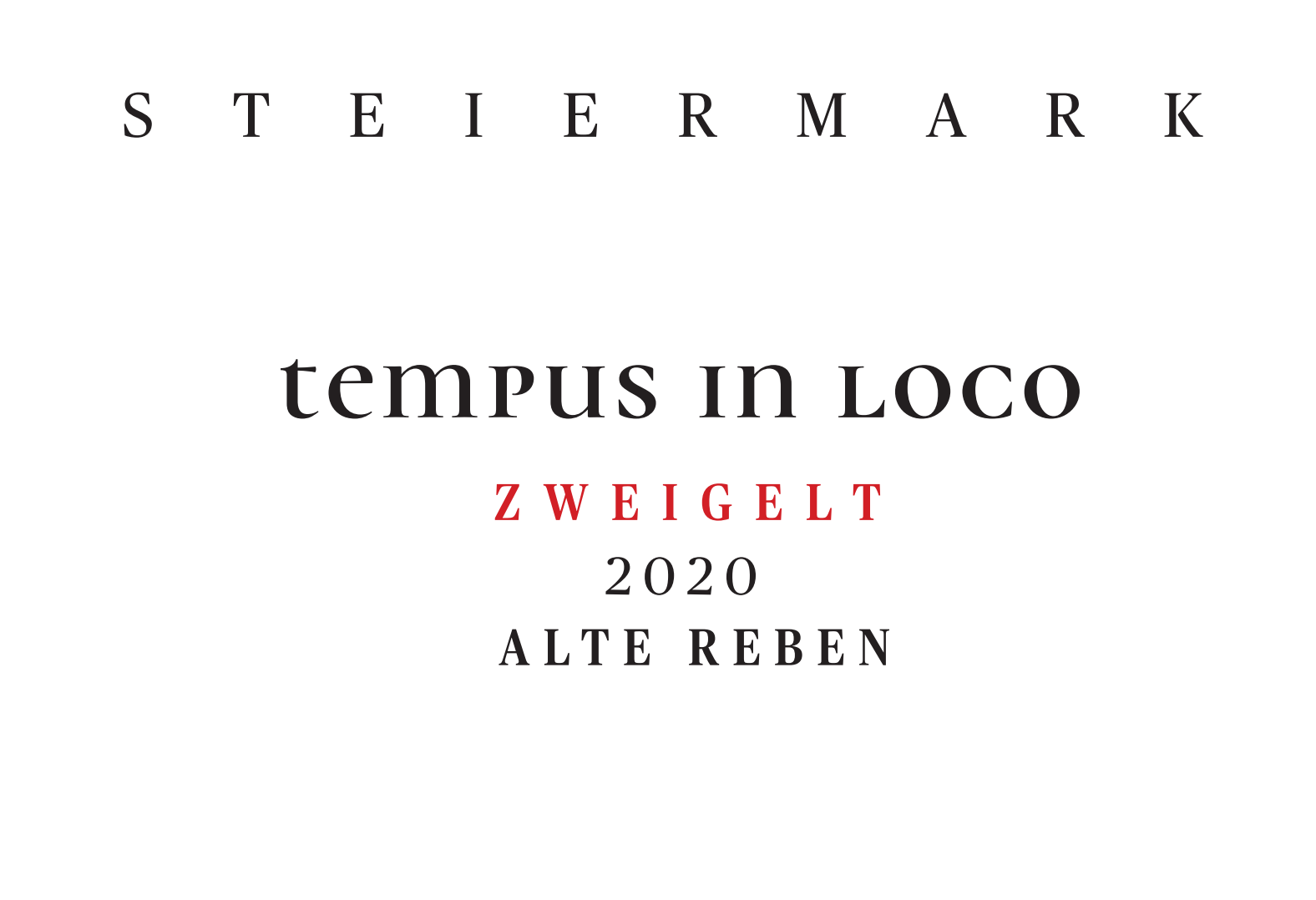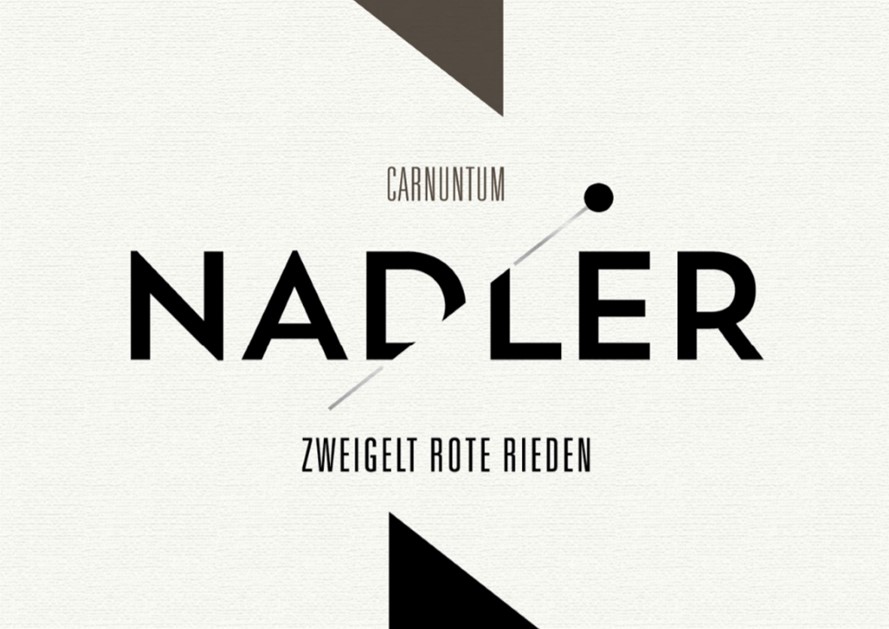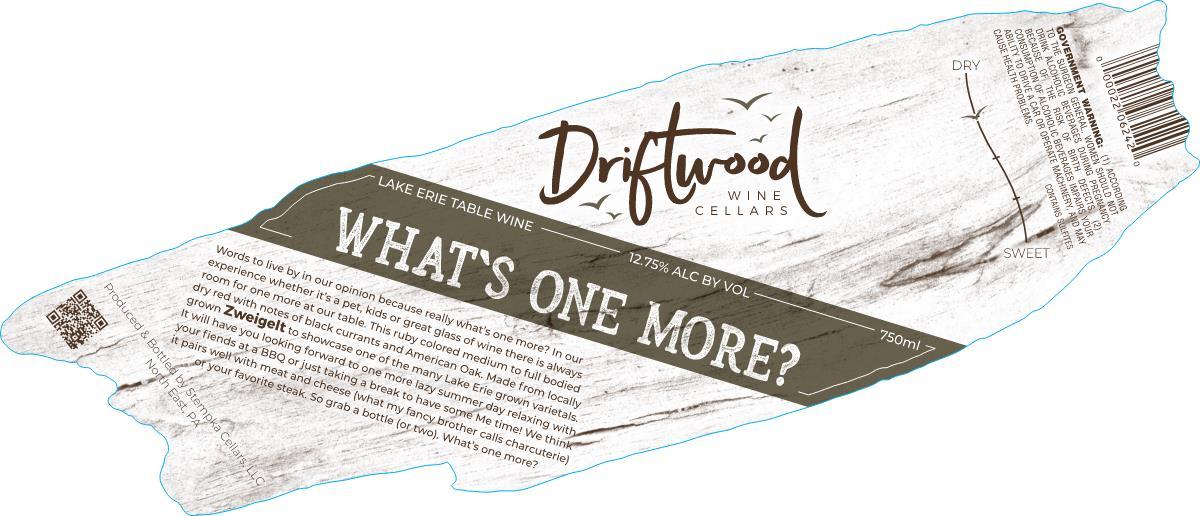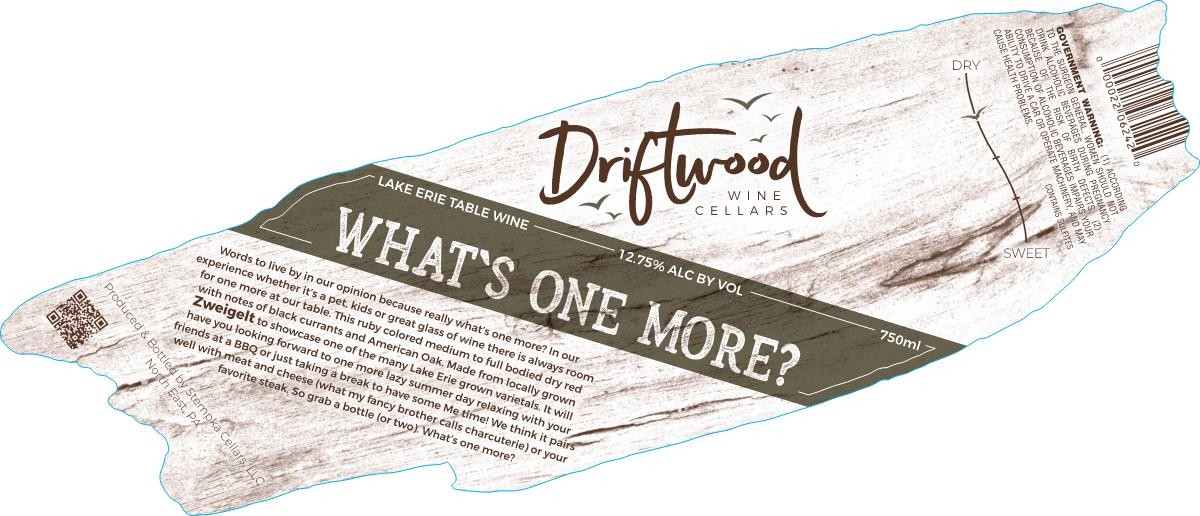Characteristics of Zweigelt
Zweigelt is a vigorous and adaptable grape, thriving in a wide range of climates and soils—including chalk, loess, calcareous soils, sand, clay, and weathered rock. Its late bud break helps it avoid damaging spring frosts, while its early ripening means it can be harvested before many other red varieties, making it well-suited for regions with short growing seasons.
Zweigelt’s clusters are tight and cylindrical, packed with medium-sized, deep bluish-black berries that can be sensitive to potassium shortages, which can result in grape wilt or berry shrivel if yields aren’t controlled. Reports on disease resistance vary, with some sources noting high susceptibility to certain fungal diseases, while others find it comparatively resilient.
What Does Zweigelt Taste Like?
Zweigelt’s appearance is typically a vibrant purplish-red to deep violet-red, especially when young. The grape’s expressive fruit—ranging from sour cherry to plum and blackberry—is often complemented by a spicy character, with notes of black and white pepper, cinnamon, liquorice, and paprika, as well as a hint of violet.
Unoaked styles are marked by lively acidity and a supple, approachable structure, while oak aging or lower yields introduce greater body, nuanced flavors like vanilla or walnut, and tannins that can range from soft to pronounced depending on the winemaking. Throughout, Zweigelt maintains moderate alcohol and a fresh, balanced palate that reflects the winemaker’s choices as much as the grape itself.
Notable Region Zweigelt Grows In
Zweigelt’s character is deeply shaped by its growing region, with each area imparting distinct nuances and structure to the wine.
-
Niederösterreich (Lower Austria): The largest Zweigelt plantings are here, producing vibrant, fruit-forward reds and rosés, especially in the Weinviertel DAC, where loess soils enhance freshness and approachability.
-
Carnuntum DAC: Known for structured, age-worthy Zweigelt, often matured in barriques, giving the wines depth, spice, and notable aging potential.
-
Burgenland: Austria’s red wine stronghold, where Zweigelt thrives in the Neusiedlersee DAC, yielding plush, cherry-driven wines with soft tannins and a range of styles from unoaked to more robust, cellar-worthy examples.
-
Canada (Niagara Peninsula & British Columbia): The grape’s cold tolerance allows it to flourish in these cooler climates, resulting in bright, juicy reds with lively acidity and pure fruit expression.
Food Pairings
Zweigelt offers remarkable versatility at the table, pairing effortlessly with an array of dishes from classic comfort foods to contemporary favorites.
-
Lighter, Unoaked Zweigelt: With its bright acidity and soft tannins, this style is ideal with seafood—especially shellfish or fish in tomato or wine sauces—roasted poultry, mild cheeses like goat cheese or young Gouda, and vegetable casseroles or tomato-based pastas.
-
Fuller-Bodied, Oaked Zweigelt: The added depth and structure of oaked Zweigelt makes it a great match for hearty roast meats, beef or venison stews, rich game, and bold cheeses such as Roquefort or Majorero, as well as classic Austrian fare like roast goose.
-
Regional & Spicy Pairings: Zweigelt’s lively fruit and acidity also complement paprika-spiced dishes from Central Europe—think Hungarian goulash, spicy fish soups, and specialties from the Pannonian region—making it a dynamic choice for adventurous meals.



